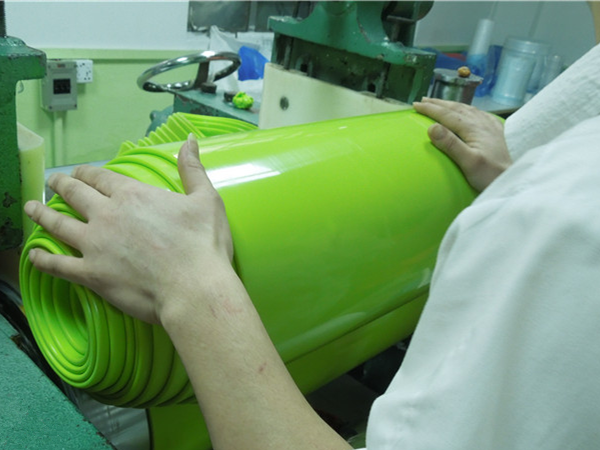
About silicone raw materials:
1. Silicone raw materials are generally solid and liquid, and silicone products are mainly associated with the solid state, it is a bit similar to plasticine, colorless and translucent, non-toxic and tasteless.
2. Its main features are both high temperature (up to 300 ℃) and low temperature (the lowest -40 ℃), is the current cold, high temperature, wear resistance, anti-aging and other diversified performance of one of the rubber material; the same time electricity Excellent insulation, high thermal oxidation and ozone stability, chemical inertness. The disadvantage is the lower mechanical strength, oil, solvent and acid and alkali resistance is poor, resulting in long-term life and performance degradation, processing more difficult vulcanization, the current market price is relatively expensive and is still rising, temperature: -60 ℃ ~ + 260 ℃ without any reaction between. The above is a brief description of the performance of solid silicone rubber.
3. Operating temperature: As mentioned above, the general setting is -40 ℃ – 200 ℃, the role of up to 230 ℃ in a short time.
4. Aging: oil, acid and alkali poor, and the force has little to do with the situation.
5. Bonding problems: In the absence of surface treatment before, in addition to silicone products for adhesives and silicone parts bonding, and other parts must be fully bonded after the surface of the adhesive, adhesive surface vulcanization can be glued. Anything that can be vulcanized or crosslinked with rubber is referred to as a vulcanizing agent, also known as a cross-linking agent. There are many kinds of vulcanizing agents, and they are still increasing. The vulcanizing agents that have been used are sulfur, selenium, tellurium, sulfur compounds, metal oxides, peroxides, resins, quinones and amines.
6. Material hardness: Shore hardness by plastic parts in the domestic market in theory can be selected between 10 degrees to 80 degrees. Can easily find the general in 20 degrees to 70 degrees, the most commonly used is 40 to 50 degrees.






